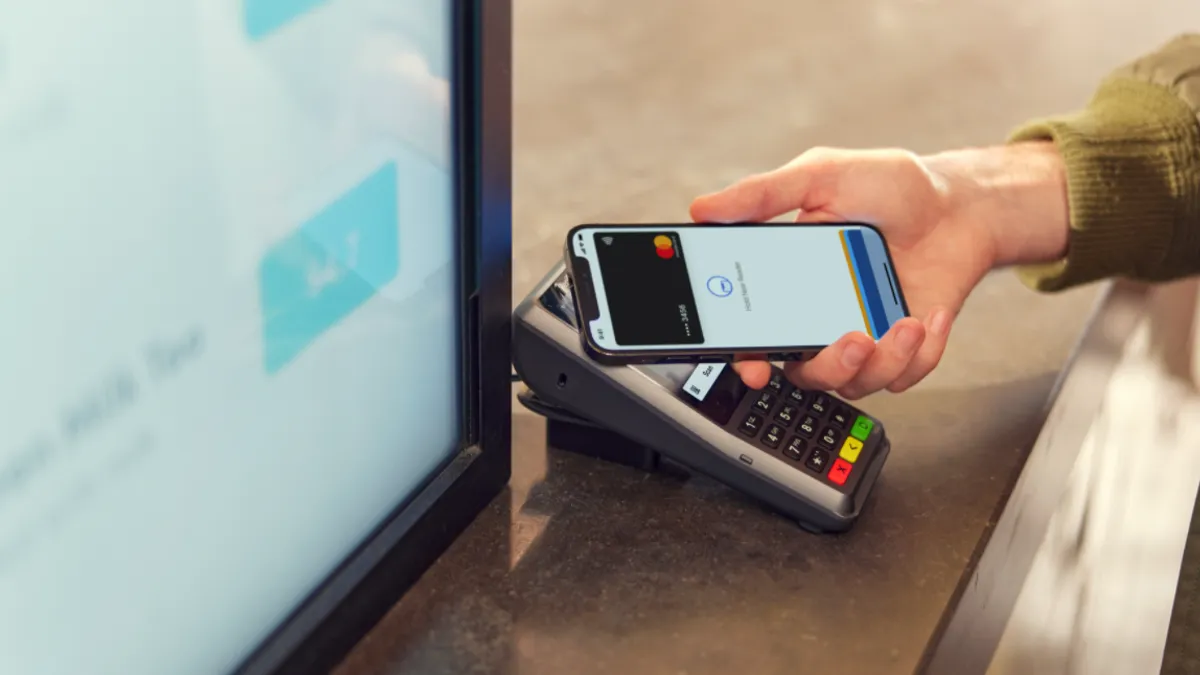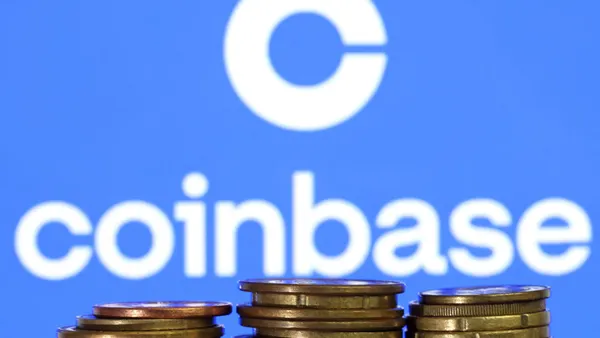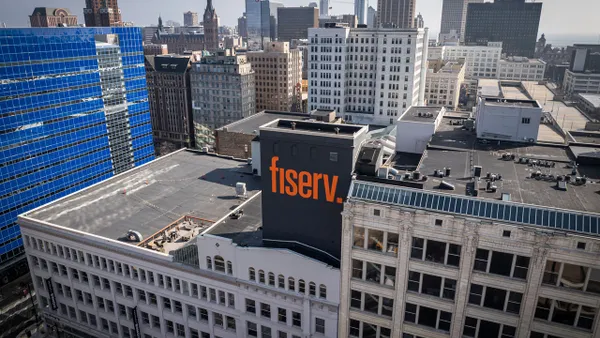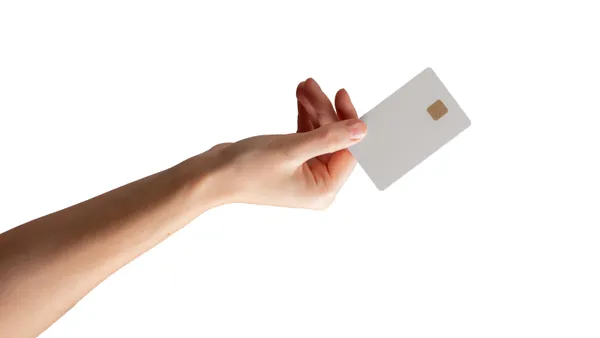Dive Brief:
- Nearly all (97.5%) of U.S. households have at least one transaction account, such as a checking or savings account, a prepaid card, a PayPal account or a Cash App account, according to a report this month from the Federal Reserve Bank of Kansas City.
- In breaking down that statistic, the Kansas City Fed reported that 95.5% of U.S. households have some sort of bank account while 71.5% have credit card accounts and 46.4% have at least one online, nonbank payment account, the report indicated.
- Lower-income consumers use paper-based payment instruments such as cash, checks or money orders more than higher-income consumers, while high-income consumers rely more heavily on digital payment tools, including debit and credit cards or ACH, than their low-income counterparts, according to the report.
Dive Insight:
With the report, the Kansas City Fed aimed to understand how some U.S. households may be underserved based on the “access, use, safety and affordability” of digital payment services.
The report defines transaction accounts as “as deposit or cash balance accounts that can be used to make and receive digital payments with transaction counterparties and to store funds.”
“Transaction accounts, however, vary in terms of safety, affordability, and functionality,” the report said, affecting the degree to which households use digital payments, the report said. “Consequently, some households rarely use digital payments, while other households use them for most of their transactions.”
The report touched on consumers’ perceptions of the the cost of various payment instruments. Consumers considered money orders to be the most expensive payment tool, followed by credit cards, prepaid cards and checks, with electronic ACH and debit card payments being seen as less expensive, based on an Atlanta Fed survey last year. Cash was viewed as the least expensive payment option.
The Kansas City Fed’s research offered additional insight into which payment methods are used in various contexts. High- and low-income consumers used digital payments mostly for remote purchases, presumably including those made online, and turned to them less often for in-person purchases.
Though inflation has begun to cool, consumers have relied on their credit cards and other loans to stretch their tight budgets, other research suggests. A Boston Fed report indicated that 40% of U.S. adults last October had used credit cards or loans to make ends meet, up from the previous year.
As consumers across the income spectrum lean on their credit cards to cover expenses, balances among U.S. consumers continue to climb. Overall, U.S. credit card debt balances climbed by $27 billion, or 2.4%, in the second quarter to $1.14 trillion, according to the New York Fed’s Center for Economic Data.
Meanwhile, research from the Philadelphia Fed found that credit card delinquencies are rising even as financial institutions increase credit lines for cardholders.












